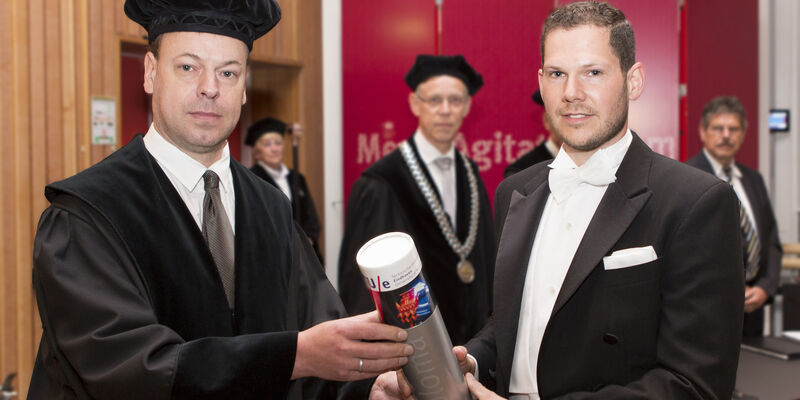
- Research
- 19/06/2017
Getting a grip on the optimal museum indoor climate
How can you save energy in a museum such that your collection is not damaged and yet visitors have a comfortable climate? Rick Kramer managed to achieve this balance with the climate control he developed himself for the indoor climate of museums. The method was successfully tested in the Hermitage Amsterdam. Friday June 16th, he gained his PhD with distinction for his work at the Built Environment department.
The indoor climate in a museum is much more sensitive than most people initially think. The collection, like paintings or sculptures, needs to stay well preserved, so there should be hardly any variation in temperature and humidity. At the same time, employees and visitors should feel comfortable when they are in a museum for a long time, which means sufficient heating in the winter and cooling in the summer.
Rick Kramer’s goal was to create climate control in museums, including monumental buildings, whereby the energy consumption is minimized without compromise to the preservation of the collection or the comfort of the visitor. He developed a calculation model that uses all kinds of variables, like temperature, humidity or physical structure of the museum, to create and maintain the optimum indoor climate.
Then he verified his model in the Hermitage Amsterdam. Over a period of a year he asked visitors (around 1100 in total) how they felt about the indoor climate. A good 90 percent said they found it comfortable, or ‘slightly cool’ or ‘slightly warm’ at most. Also, a 63 percent energy-saving was realized without the collection or visitor comfort being compromised.
Friday June 16th, Kramer received his PhD with distinction for his study ‘Energy conservation in museums by optimizing climate control while preserving collection, building and thermal comfort’. He carried out his research at the Built Environment department under the supervision of prof.dr.ir. Bert Blocken, dr.ir. Henk Schellen and dr.ir. Jos van Schijndel. It is not often that doctorates are awarded ‘with distinction’, just five percent of all theses at TU/e, which equates to around ten to fifteen each year.
Source: TU/e Press Team
Discussion